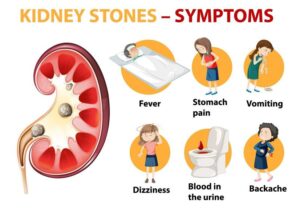
Joint pain is discomfort that affects one or more joints in your body. A joint is where the ends of two or more of your bones come together. For example, your hip joint is where your thigh bone meets your pelvis.
Joint pain can affect the function of your joints and limit your ability to perform basic tasks. Severe, painful joints can interfere with your quality of life. Treatment should focus not only on the pain but on returning to daily activities and living your life to the fullest.
Joint pain can have many causes, some of which may be common and some serious. The main causes can be as follows:
- Arthritis:

- Osteoarthritis: This is the most common type of arthritis that occurs with aging, in which the cartilage of the joints wears down.
- Rheumatoid Arthritis: This is an autoimmune disease in which the body’s immune system mistakenly attacks healthy joints.
- Gout:

- This is a type of arthritis in which the level of uric acid in the body increases, causing severe pain and swelling in the joints.
- Injury or Strain:

- Joint pain can also occur due to injury, sprain or muscle strain.
- Osteoporosis:

- Joint and bone pain can occur due to reduced bone strength.
- Bursitis:

- This condition occurs when the bursa near the joints, which is a fluid-filled sac, becomes inflamed.
- Infection:

- If a joint gets infected, it can cause pain and swelling. This is called “septic arthritis”.
- Other causes
- With age, the muscles and ligaments around the joints weaken.
- Obesity, being overweight puts more pressure on the joints, which can cause pain.
- Fatigue, depression, or stress can also sometimes cause joint pain.




